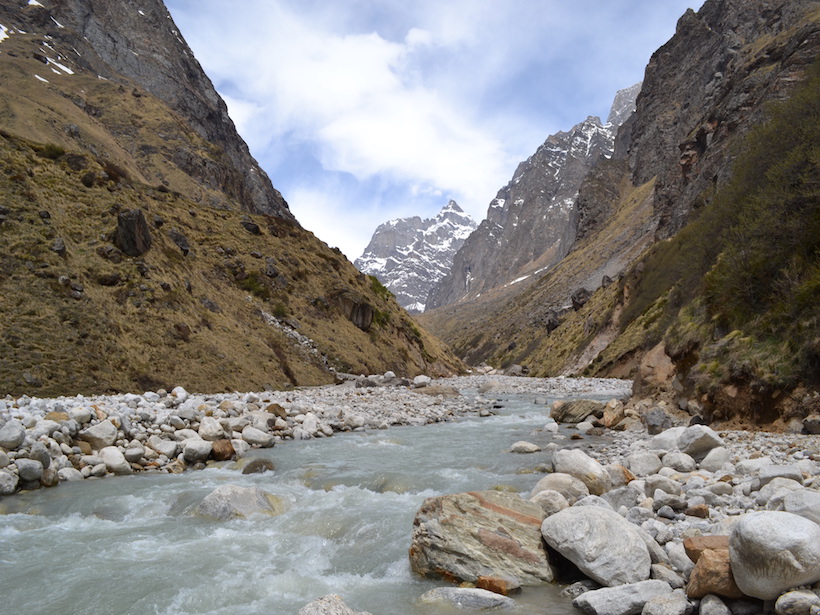Source: Geochemistry, Geophysics, Geosystems
The Ganga (Ganges) River, which flows through northern India and Bangladesh, drains more than 1 million square kilometers of land and provides water to almost half a billion people along its course from the Himalayas to the Bay of Bengal. The river is an immensely important socioeconomic and ecological feature in the region, but it is also intensely polluted. Local agencies collect data about the river, but scientists still lack a clear understanding of how dissolved trace and heavy metals vary along its course.
Both trace and heavy metals can be toxic to humans. Heavy metals, such as chromium, arsenic, and lead, especially can cause severe illnesses at even low concentrations. To create a more comprehensive picture of how concentrations of these metals change across the river’s geography and to provide a baseline for future studies, Boral et al. analyzed 243 different water samples for 15 trace elements. The samples came from 38 sites in the Indian portion of the Ganga Basin and were collected between 2014 and 2016 in every stage of the monsoon season (before, during, and after).
By combining these data with time series samples taken from the farthest downstream point studied, at the town of Manikchak, the scientists tracked where these dissolved metals were entering the river and how they were being diluted along the way. They found that trace and heavy metal concentrations in the Ganga River varied considerably with geography. Near the river’s source, Himalayan glaciers contribute to higher levels of dissolved trace elements, which the researchers attributed to freshly eroded and reactive rock fragments (known as glacial flour) that enter the river as glaciers erode bedrock.
Downstream, where urban and industrial centers are more prevalent amid the river’s floodplains, the scientists observed large spikes in trace elements in river water. However, as large tributaries join the river, trace element concentrations drop quickly, leading the researchers to conclude that dissolved metal pollution is not widespread in the river but, rather, is linked to pollution hot spots.
Overall, the work shows that current trace element pollution in the Ganga River is not significantly higher than the global average for rivers and is lower than previous estimates have suggested. (Geochemistry, Geophysics, Geosystems, https://doi.org/10.1029/2020GC009203, 2020)
—David Shultz, Science Writer
Citation:
Shultz, D. (2020), Tracking trace elements in the Ganga River, Eos, 101, https://doi.org/10.1029/2020EO150385. Published on 16 October 2020.
Text © 2020. AGU. CC BY-NC-ND 3.0
Except where otherwise noted, images are subject to copyright. Any reuse without express permission from the copyright owner is prohibited.
Text © 2020. AGU. CC BY-NC-ND 3.0
Except where otherwise noted, images are subject to copyright. Any reuse without express permission from the copyright owner is prohibited.

